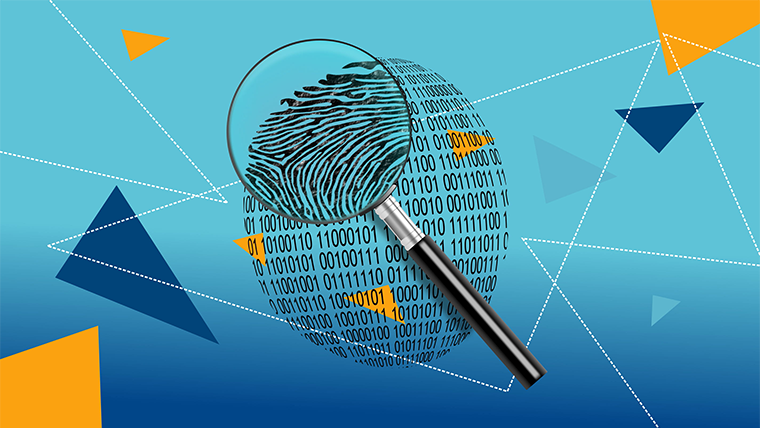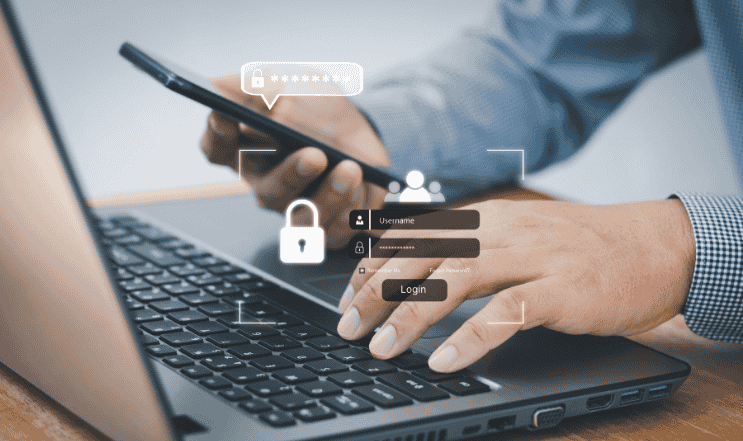
| 

A few years ago, biometrics seemed like something out of a science fiction movie, but in 2020 we think nothing of just looking at our phone to open it, or using fingerprints to pay for our kids’ school lunches. Biometrics refers to everything in our physical person which makes us unique. Fingerprints were recognised as being unique and identifying in the early 1900s, and since then the technology has evolved rapidly to include iris recognition, palm prints and voice recognition. Many companies go through a very rigorous process of checking the identity of people who apply for jobs, which usually includes seeing a wide range of documents and a lot of paperwork. Could this all be replaced by a quick scan of an applicant’s eyes or checking their palm prints?
Government Guidance and Biometrics
Currently, some of our ID contains biometric data already. The passport is the best example, as it holds both a physical photograph and digitised data of certain measurements and aspects of appearance. When you go through the biometric passport gates at the airport, a computer is looking at the information in your passport and comparing it to your appearance.
However, setting up this sort of system isn’t easy for businesses and can be expensive. Any system using biometrics requires several checks and balances. Government guidance requires companies to make sure the data hasn’t been tampered with, that false matches or negatives are kept to a minimum, and that the person is alive and not just a photograph.
Confidence in Identity
Most companies set up a scoring system to record whether they’re confident in an individual’s identity or not. This could be as simple as a yes/no tick box exercise or giving scores for the type of identity documents seen. As biometrics data is harder to fake, it scores higher in confidence than something like a utility bill or bank statement.
How Will This Affect Job Searches?
As biometrics become more commonplace, and the technology comes down in price, it seems natural to assume more organisations will adopt the technology. From an applicant’s point of view there are advantages and disadvantages. The advantages are that it’s all much quicker; a quick retina scan or palm print will confirm who you are, without the need to dig out lots of identification and wait for someone to review it. The negatives are around data security, and the fact there’s not one integrated system. You may have set up thumb print recognition to access your phone, but that isn’t linked to your bank, the NHS or police computers. That sort of one large database is not planned, and there are serious concerns about privacy which would stop organisations from setting it up.
Should I Be Worried?
Biometrics doesn’t have to be scary. We’re already happy to use biometrics to access things like banking apps on smartphones, and the technology is moving on very quickly. It seems logical to think that in the next 10 or 20 years, linking job applications to something like a credit checking website to verify identity will be commonplace.


